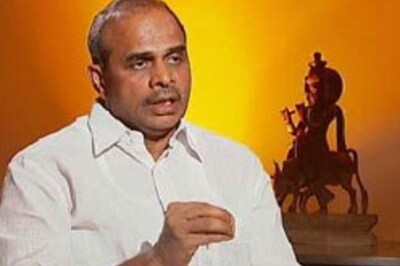
views
New Delhi: The GSMA, which represents the interests of mobile operators worldwide, has announced that India will become the second largest mobile broadband market globally within the next four years with 367 million mobile broadband connections by 2016.
This will make it a larger market than the US, which will account for 337 million mobile broadband connections by 2016; but it will still be second to China, which will have reached 639 million connections in the same period.
Since 3G licenses were first awarded to mobile operators in India in September 2010, mobile broadband connectivity has grown steadily. There are now more than 10 million HSPA+">HSPA (3G GSM technology) connections across the country, and this is expected to grow exponentially, by 900 per cent, to more than 100 million connections in 2014. This will make India the largest HSPA market worldwide within the next two years, surpassing China, Japan and the US.
"The mobile industry in India is set for immense growth as mobile broadband technologies such as HSPA and LTE start to proliferate, but there is scope for far greater development," said Anne Bouverot, director general of the GSMA.
According to a recent study by the GSMA's Wireless Intelligence service, despite a large rural population, mobile growth in India is being largely driven by more affluent communities in cities. Net additions in urban areas reached 85 million last year compared to 57 million in rural areas, with mobile penetration increasing by 20 percentage points in urban areas to 161 per cent, against a 6.5 percentage point rise in rural areas to 36.6 per cent.
According to Wireless Intelligence the cost of an LTE smartphone, with an average retail price of $500 (Rs 25,000), is four times the average monthly per capita GDP in India, and at an average of $200 (Rs 10,000), the retail price of an LTE USB dongle is twice an Indian's monthly income on average. As LTE networks proliferate worldwide and more devices become available, costs will come down. Initiatives like the introduction of the low cost Aakash tablet in India are helping spur widespread access to the internet in emerging markets. But more can be done.




















Comments
0 comment